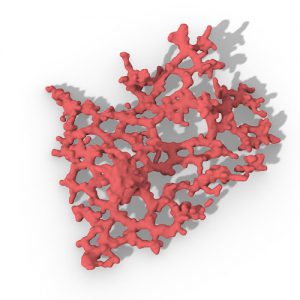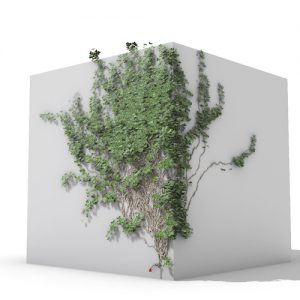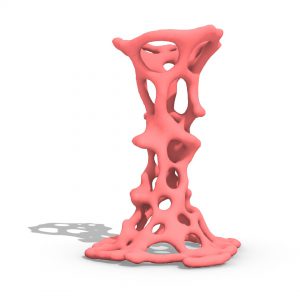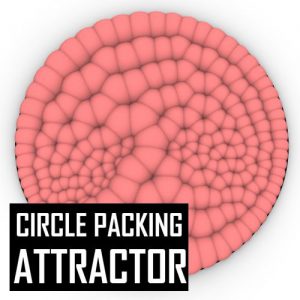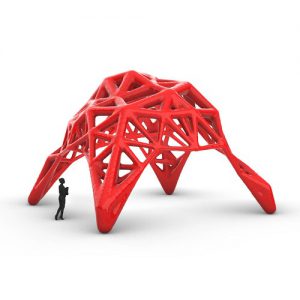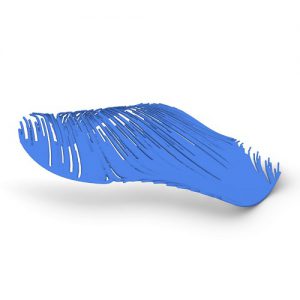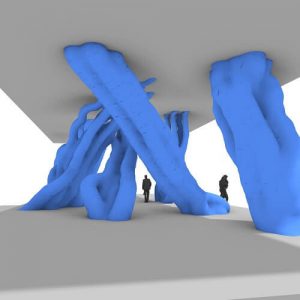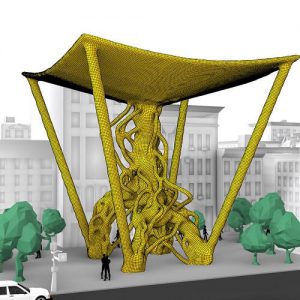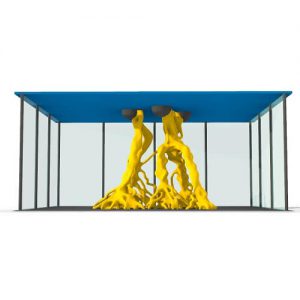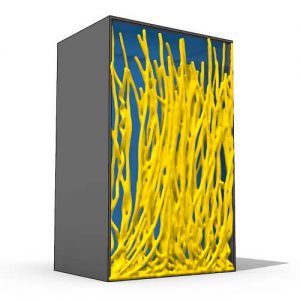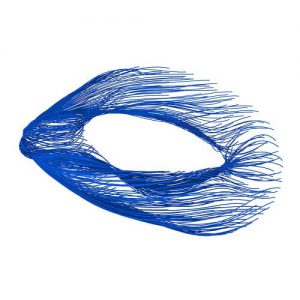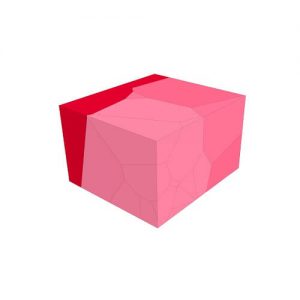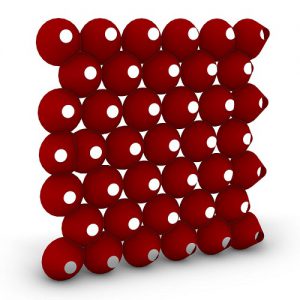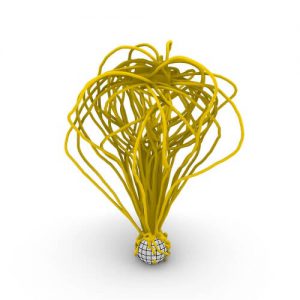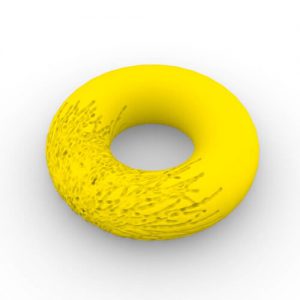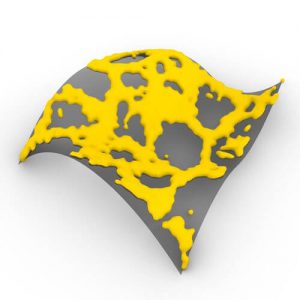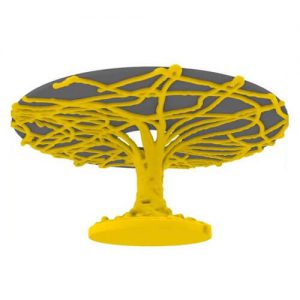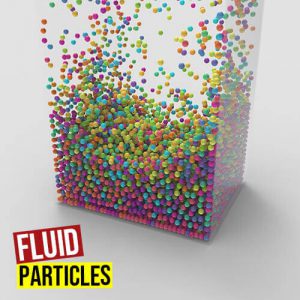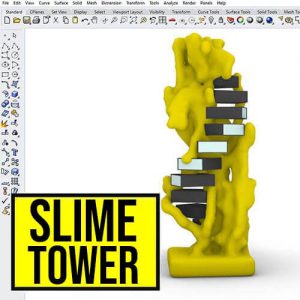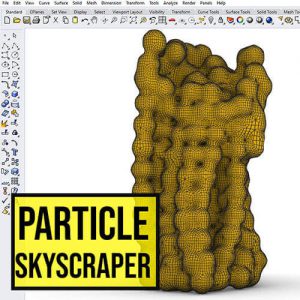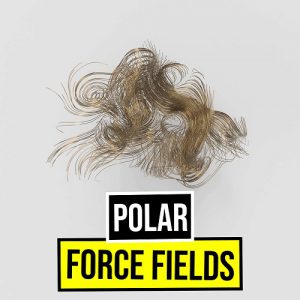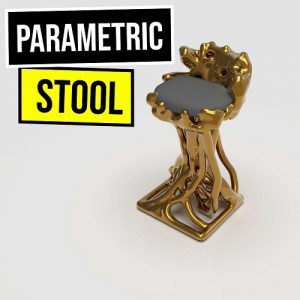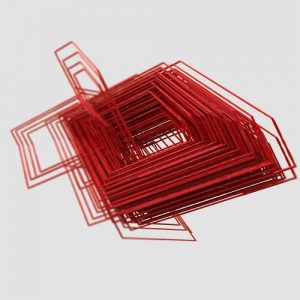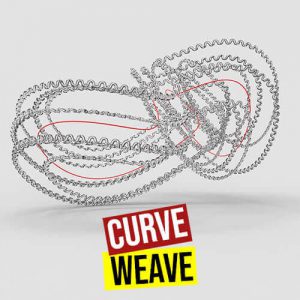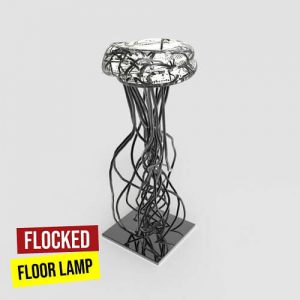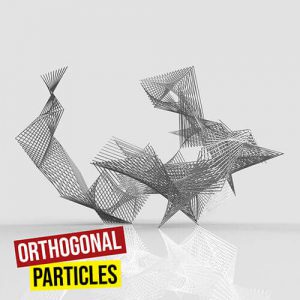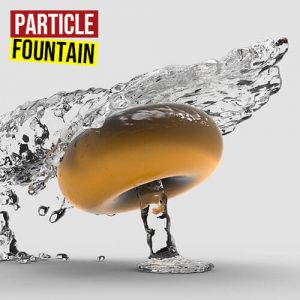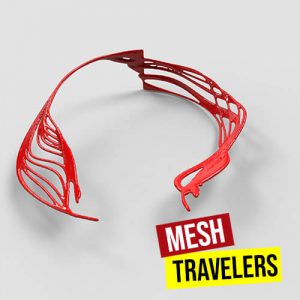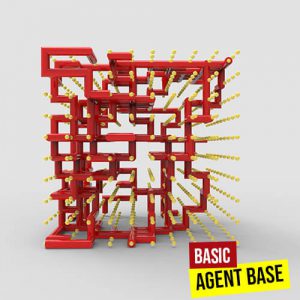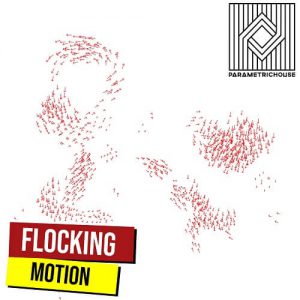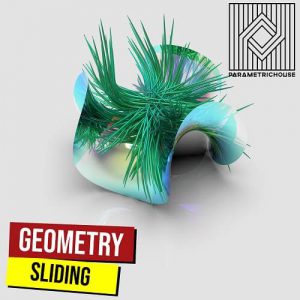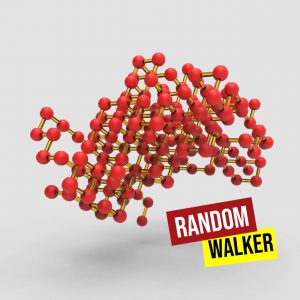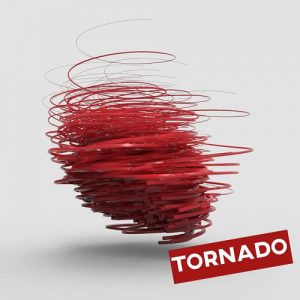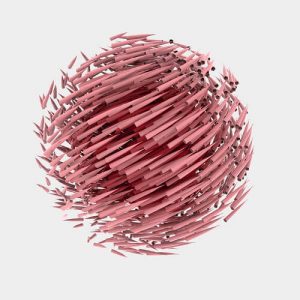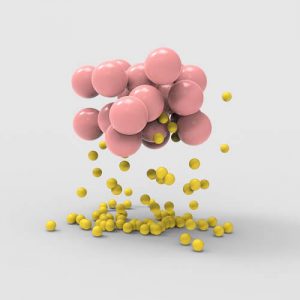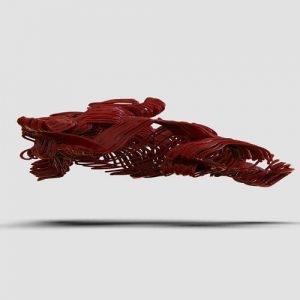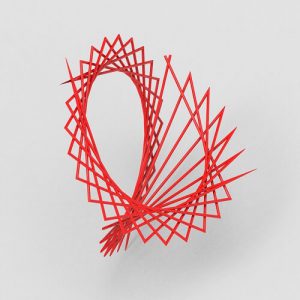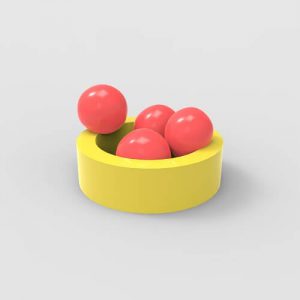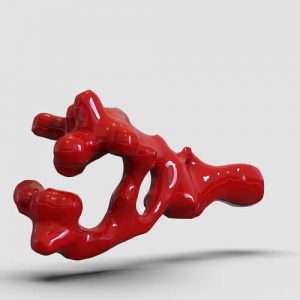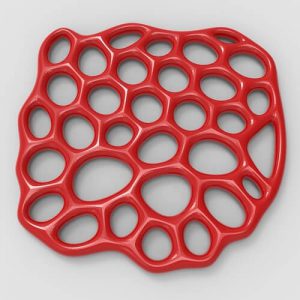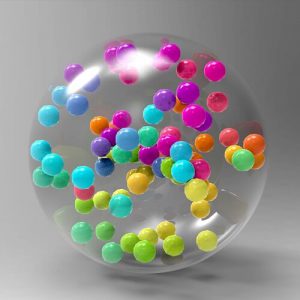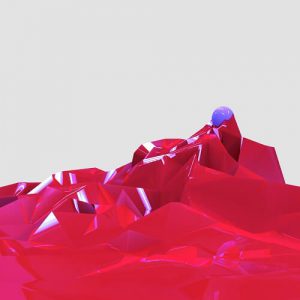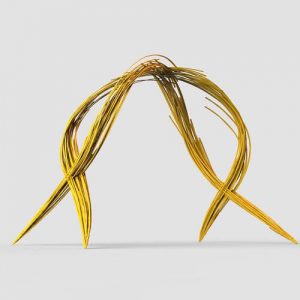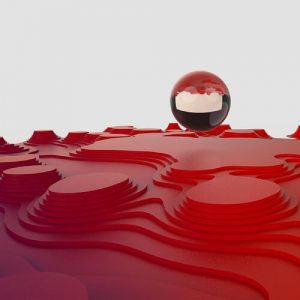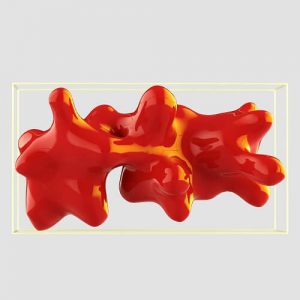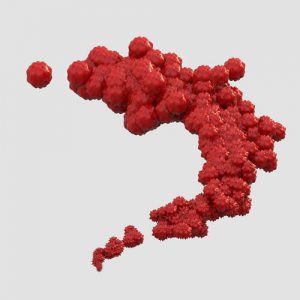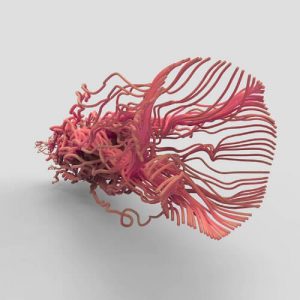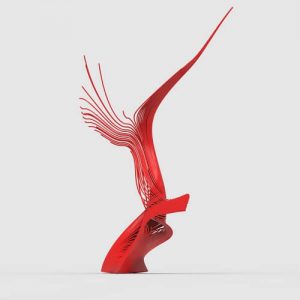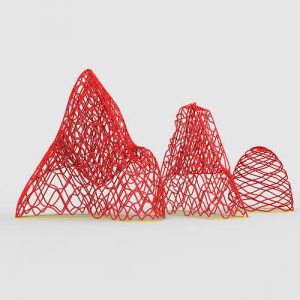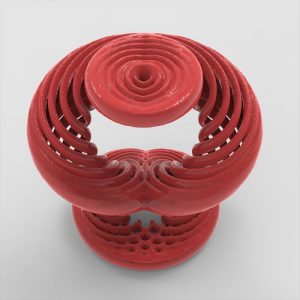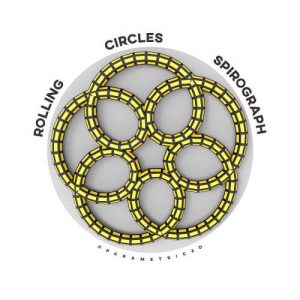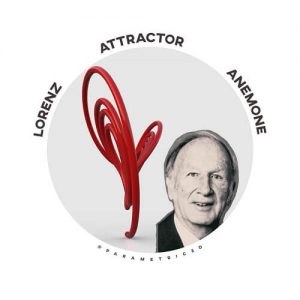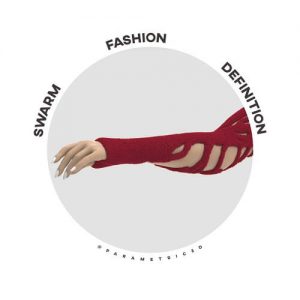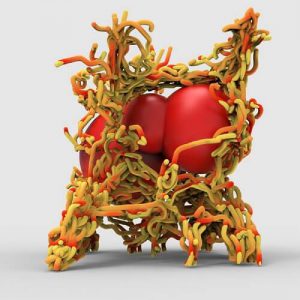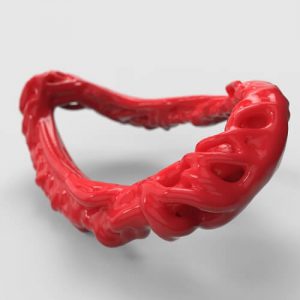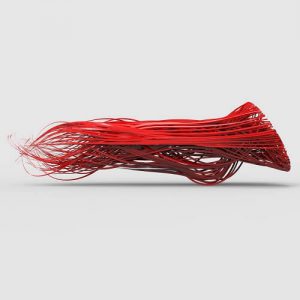In this grasshopper example file, you can manipulate a series of particles to follow a voronoi path using the Nuclei plugin.
In this Grasshopper example file, you can create a randomly generated plants by using the Ivy-Generator plugin.
In this Grasshopper example file, You can simulate a series of particles on a Nurbs Surface using the Nuclei plugin.
In this Grasshopper Example File, you can generate a series of spheres by defining an initial curve and point attractors and also a boundary curve. The radius of the spheres will be increased until they hit the boundary and collide together.
in this grasshopper example file, you can Displace Mesh and Design a Organic Pavilion Using 3D Proximity Component.
In this grasshopper example file, you can simulate a series of water flow path curves by using the Anemone and Dendro plugins.
In this grasshopper example file, you can model a Agent-based installation using the Quelea plugin and then voxelize the results using the Dendro plugin.
In this Grasshopper example file, you can use the Physarealm plugin combined with the Dendro Plugin to simulate a growing fractal-based facade.
In this Grasshopper example file you can use the Culebra1.0 plugin to simulate a series of particles and then convert it into a structure.
In this Grasshopper example file you can use the CulebraV1.0 to create a series of particles and use the Dendro plugin to convert them into a mesh.
In this Grasshopper example file you can use the Culebra plugin to simulate a swarmy behaviour of a series of particles on a facade.
In this grasshopper example file you can generate the flow curves by moving a point on a Nurbs surface.
Lloyd's algorithm, also known as Voronoi relaxation, finds evenly spaced sets of points in subsets of Euclidean spaces. In this grasshopper example file you can create a Voronoi pattern by using the Anemone plugin combined with the Lloyd's algorithm.
In this Grasshopper example file you can use the Kangaroo2 Plugin combined with the Open Nest plugin to circle pack a series of cones on a surface.
In this Grasshopper example file you can use the Culebra plugin to simulate the flocking behaviour of a series of agents and then use them to create a ceiling lamp .
In this Grasshopper example file You can use the Physarealm plugin to create a growing fractal-based pattern on a base surface.
In this grasshopper example file you can use the Culebra plugin to flock a set of random points on a torus surface.
In this grasshopper example file you can use the Physarealm plugin to simlulate a series of growing particles on a surface .
In this Grasshopper example file you can simulate a series of Particles growing on a Nurbs surface using the Culebra Plugin.
In this grasshopper example file, you can simulate the fluid particles movement by using the flexhopper plugin.
In this Grasshopper example file you can use Physarealm plugin which simulates a slime mold's growth to generate different tower forms and shapes.
In this Grasshopper example file you can use the Culebra plugin to simulate the flocking motion of a series of Particles.
In This grasshopper example file you can simulate a spinning field on a series of random points in a given space using the Nursery`s Polar Field component.
In this grasshopper example file you can model a parametric stool based on a series of agents and their flocking behaviour using the Culebra Plugin .
In this grasshopper definition, you can run a particle base swarm moving through the closest vector field component made by pufferfish and anemone plugin. The Anemone Plugin is used to make the iterations and control the loops.
In this grasshopper example file you can simulate two particles weaving around a curve by using the stella3d plugin.
In this grasshopper example file you can use the agent-based modeling plug-in "culebra" to run a flocking simulation and create a floor lamp.
In this grasshopper example file you can create a series of parametric particles using the Anemone plugin.
In this grasshopper definition, you can simulate the collision between particles and colliders by using the flexhopper plugin.
In this grasshopper definition you can model the growth of a bionic form by generating random particles on a rectangular grid.
In this grasshopper definition, you can simulate the movement of particles on a mesh by evaluating their position and applying a vector force.
In this premium python grasshopper definition you can simulate a basic agent behavior through defining an agent class in python component. Then you can define actions by writing functions inside the agent class.
In this grasshopper definition a simple flocking motion has been simulated by using the SDplatform plugin and by defining parametric forces.
In this grasshopper definition we have used the Boid plugin and Nursery plugin combined to simulate sliding of a series of particles on a surface.
In this grasshopper definition by creating a loop and selecting a vector, in each iteration you can create a random path for a particle which is based on the principles of agent based modeling.
In this grasshopper definition by combining two vectors and using the Hetroptera plugin to add them up you can model a tornado-like motion.
In this grasshopper definition inspired by Junichiro Horikawa, you can create a series of pseudo fish swarm.
In this grasshopper definition, you can learn how to simulate the collision of particles by using the Flexhopper plugin.
In this grasshopper definition by creating a particle simulation with Stella3d Plugin, and allowing particles to follow in a field generated by the Tundra Plugin, you can create a parametric particle-based motion.
In this Grasshopper definition by defining two circles perpendicular to each other and creating a revolving motion on one of them and connecting them with a line, you can create the tailoring motion.
In this grasshopper definition by defining gravitational load with the Kangaroo plugin on a series spheres, you can see how they bounce and collide.
In this grasshopper definition, by distributing random points on a geometry and picking the closest point for reaching the goal, you can model a parametric growing form by using the anemone & Dendro plugin.
In this grasshopper definition by using the Stella3d plugin and Weaverbird you can model a parametric expanding voronoi cell model.
In this grasshopper definition by dividing a circle for the particles location and giving them forces by using the Kangaroo plugin we can simulate a collision of a series of marbles, inside a sphere.
In this grasshopper definition you can model a constantly changing surface by using the Stella3d Plugin, and defining an attractor which attracts the particles towards itself.
In this grasshopper definition you can simulate a series of particles moving around a curve and making a bridge like structure.
In this grasshopper definition by creating a simulation with Stella3d you can simulate particles with attractors and use the Metaball(t) component to convert them into metaballs.
In this grasshopper definition by using the Stella3d plugin you can simulate a series of particles which try to reach defined point targets and then voxelize them by using Cocoon, you can also refine it as an additional step.
In this grasshopper definition by using Stella3d for particles simulation ,you can move a series of geometries around a defined NURBS curves while they get bigger as they move forward.
In this grasshopper definition by applying forces and noise, you can model a natural movement of particles. This definition is using Anemone and 4D Noise plugin.
In this grasshopper definition you can make particles move through a Perlin noise effect made from Noise 4d Plugin and a loop which is generated by Anemone.
In this grasshopper definition you can model a parametric 3d curve by giving a base curve.
In this grasshopper definition by creating relative tangent spheres which revolve around each other you can create different spirograph patterns in 3d space you can also use Dendro plugin to convert these complex curve to volume.
In this grasshopper definition by creating relative tangent circles which revolve around each other and create different spirograph patterns.
In this grasshopper definition you can create the Lorenz attractor by using the differential equations and using the Anemone plugin to simulate the growing curve.
In this grasshopper definition we have used the Quelea plugin for agent base modeling. By changing the agents behaviour you can have different conceptual models.
In this definition we have used agent based modeling to simulate growth of the agents and reaching the food source by using the Physarealm plugin.
In this grasshopper definition you can use a 3d point cloud to voxelize the final parametric form by using the Dendro plugin.
In this grasshopper definition you can create a simple simulation of attraction through agent base modeling and traces are captured, by using Heteroptera Plugin.



